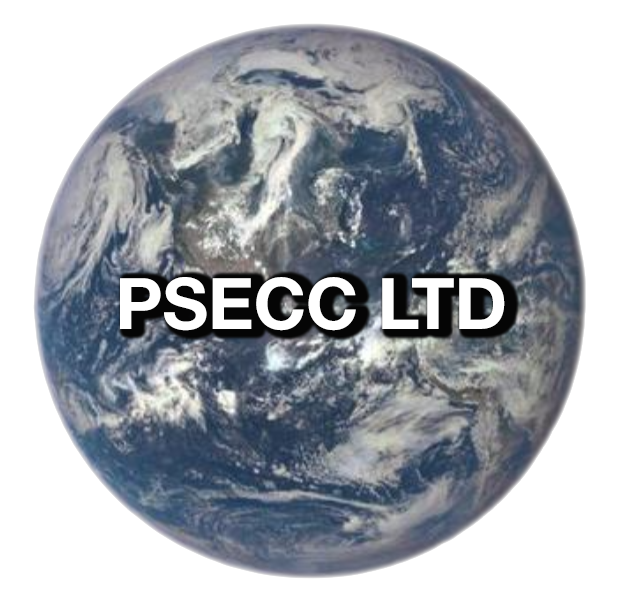Food Production possible by using the Carbon Dioxide from our waste plants….
Pour aider à la sécurité alimentaire au Sénégal et aider à atténuer le changement climatique – chaque usine de déchets aura une serre à proximité pour utiliser le dioxyde de carbone de l’usine de traitement des déchets.Un projet de recherche peut être entrepris par l’Université de Greenwich du Royaume-Uni pour s’assurer que de bonnes techniques de production alimentaire sont adoptées pour assurer une production alimentaire efficace et durable.–To assist Food Security in Senegal and help mitigate against Climate Change – each waste plant will have a Green House close to it to utilise the Carbon Dioxide from the waste processing plant. A Research project can be undertaken by the University of Greenwich from the UK to ensure good food production techniques are adopted to ensure efficient and sustainable food production is maintained. Also with the University of Sheffield from the UK we hope to “Harvest the Sun Twice” with a second Research Project building 500KW Solar Farms with Food Production taking place below the solar panels.
Climate Smart Agriculture using CO2 from our plants for food production in Africa and vertical farming in the future will be possible using Solar PV water pumping stations for food production.




Projet de l’Université de Sheffield Harvesting the Sun Twice-Sheffield University project Harvesting the Sun Twice
Nous espérons travailler avec l’Université de Sheffield sur des projets commerciaux au Sénégal une fois la collecte de données terminée pour cette première phase de piolet. Bien que les panneaux solaires montés au sol offrent plusieurs avantages liés à la fourniture d’énergie propre, ils manquent des occasions de fournir des avantages en matière de moyens de subsistance en plus de l’approvisionnement en électricité et, dans certains cas, peuvent en fait nuire à d’autres objectifs de développement.-We hope to work with the University of Sheffield on commercial projects in Senegal once data collection has finished for this first piolet phase. While ground-mounted arrays of solar panels offer several benefits related to clean energy provision, they miss opportunities to deliver livelihood benefits in addition to electricity supply, and in some cases can actually detract from other development goals. For example, ground-mounted arrays remove land from food production, and at a time when crop yields are threatened by a changing climate, increasing populations and insecure land ownership, we cannot risk putting further pressure on land resources.
Agrivoltaic energy systems, however, can combine the delivery of solar electricity, crop production, and rainwater harvesting on the same land area. Instead of being mounted close to the ground like traditional solar power arrays, agrivoltaic systems are constructed several meters high, with gaps between the arrays, enabling crops to be grown underneath.
Here’s the link to an article on our webpage, here’s a Guardian article on the project, and here’s a short video by the World Economic Forum.
Ce concept pourrait être intégré à ce projet sénégalais dans une deuxième phase de développement – pour chaque parc solaire de 50 MW que nous construisons au Sénégal, nous pourrions avoir deux ou plusieurs projets de 500 KW ou plus ci-dessous incorporés dans le projet-This concept could be incorporated into this Senegal project in a second development phase – for every 50MW solar farm we build in Senegal we could have two or more 500KW or larger projects below incorporated into the project.

